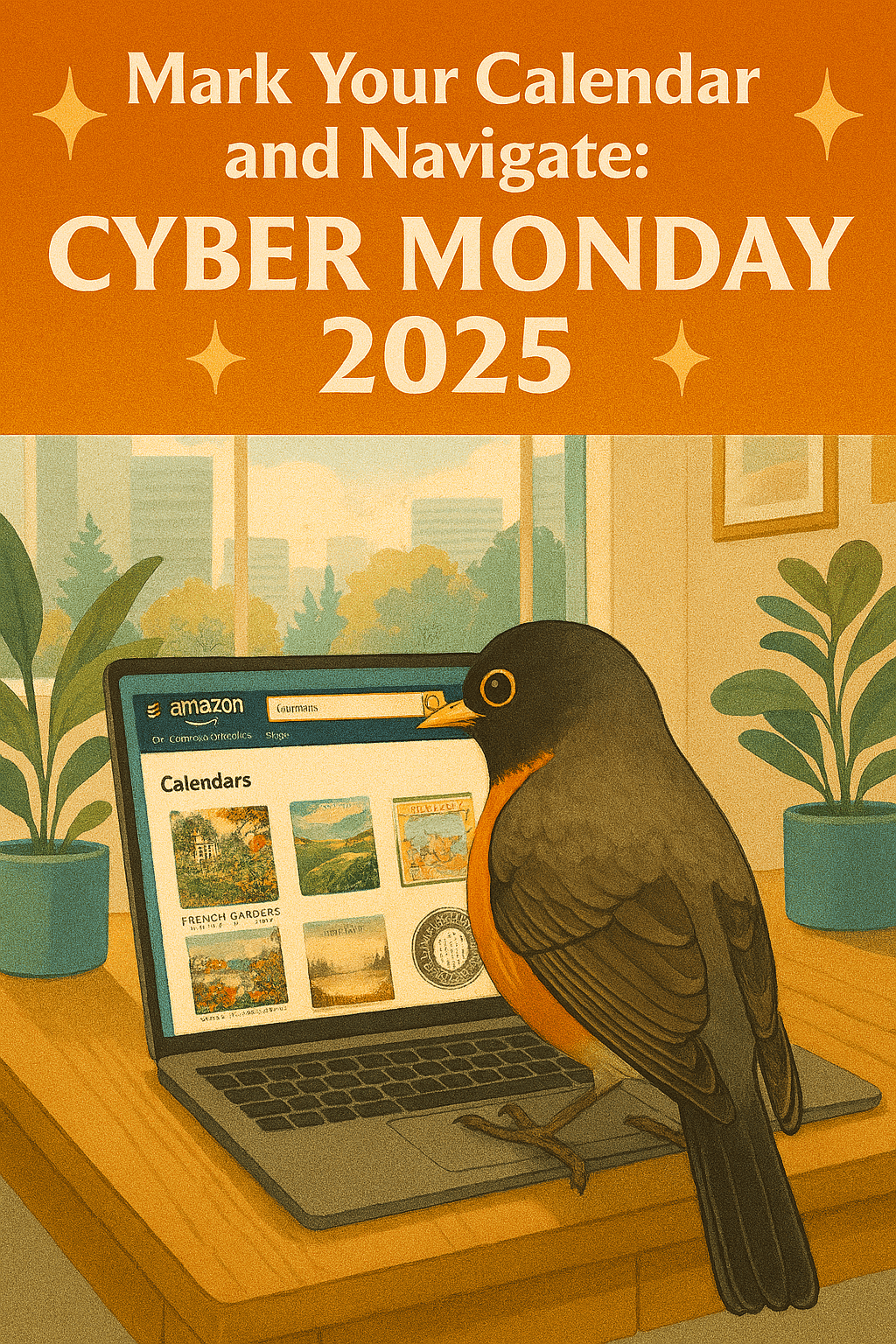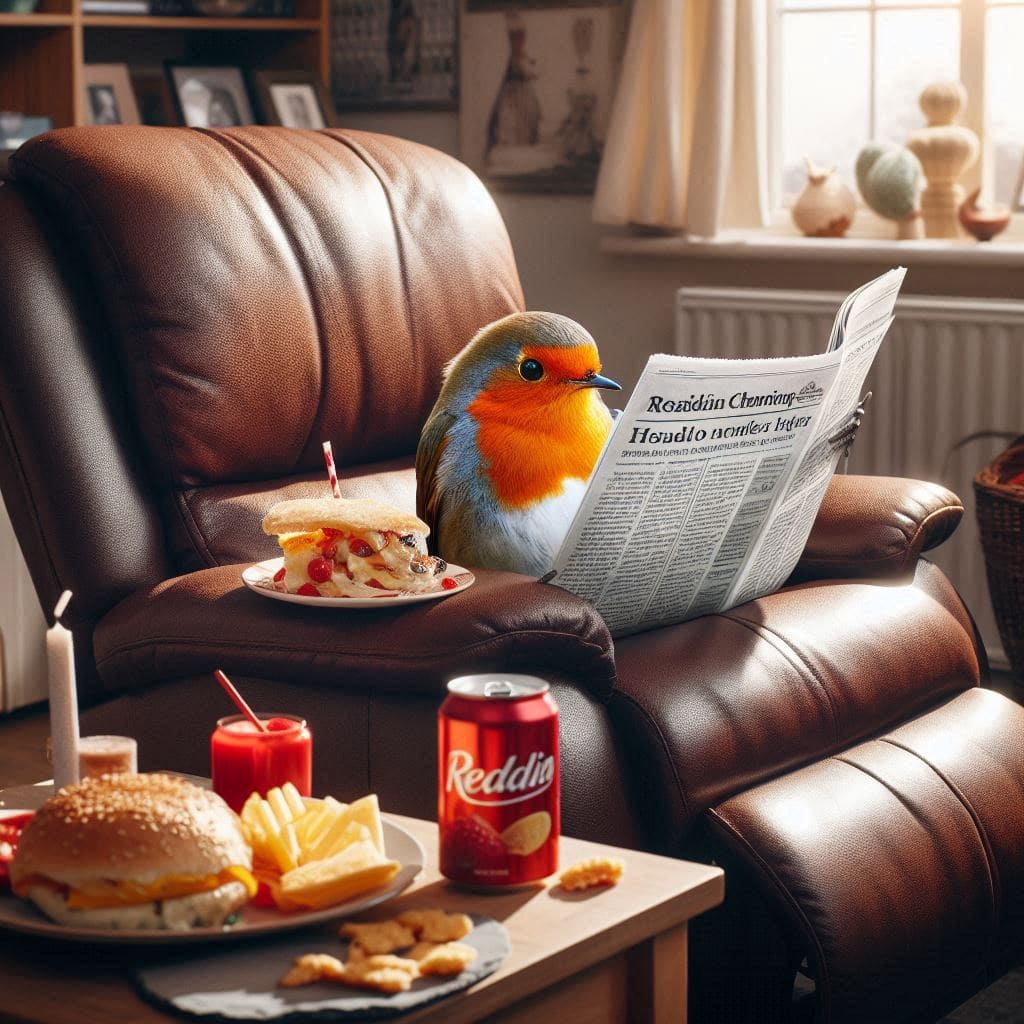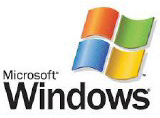Live
France24 English News Live StreamGlobal News
Global News Video PlaylistPBS
PBS News Video PlaylistNewsroom Features
Inclusive Holiday Gift Guide: Celebrate Christmas, Hanukkah, and Kwanzaa with gifts for People and Pets that warm hearts and paws

See Special Report: Inclusive Holiday Gift Guide: Celebrate Christmas, Hanukkah, and Kwanzaa with gifts for People and Pets that warm hearts and paws
Published Saturday December 06, 2025
Pearl Harbor Day: Honoring the Past, Inspiring the Future

See Special Report: Pearl Harbor Day: Honoring the Past, Inspiring the Future
Published Friday December 05, 2025
Top 10 Joyful Tech Picks for Cyber Monday 2025: Deals That Make You Sing

See Special Report: Top 10 Joyful Tech Picks for Cyber Monday 2025: Deals That Make You Sing
Published Wednesday November 26, 2025
Echoes of the First Voices: An Inspired Celebration of Native American Heritage Day

See Special Report: Echoes of the First Voices: An Inspired Celebration of Native American Heritage Day
Published Wednesday November 26, 2025
🦃 The Gratitude Holiday Table: Stories, Symbols, and Surprising Thanksgiving Traditions Around the World

See Special Report: 🦃 The Gratitude Holiday Table: Stories, Symbols, and Surprising Thanksgiving Traditions Around the World
Published Thursday November 20, 2025
Off-Roading on Various Terrains: Tips To Help Beginners

See Contributor Story: Off-Roading on Various Terrains: Tips To Help Beginners
Published Tuesday December 02, 2025
Gear Up Before You Giddy Up: How to Stay Safe Horse Riding

See Contributor Story: Gear Up Before You Giddy Up: How to Stay Safe Horse Riding
Published Monday December 01, 2025
What You Need To Know Before Starting a Hydroponic Garden

See Contributor Story: What You Need To Know Before Starting a Hydroponic Garden
Published Sunday November 30, 2025
What Makes Laguna Beach Scooter Friendly?

See Contributor Story: What Makes Laguna Beach Scooter Friendly?
Published Saturday November 29, 2025
A Practical Guide to Navigating Police Questions

See Contributor Story: A Practical Guide to Navigating Police Questions
Published Friday November 28, 2025













